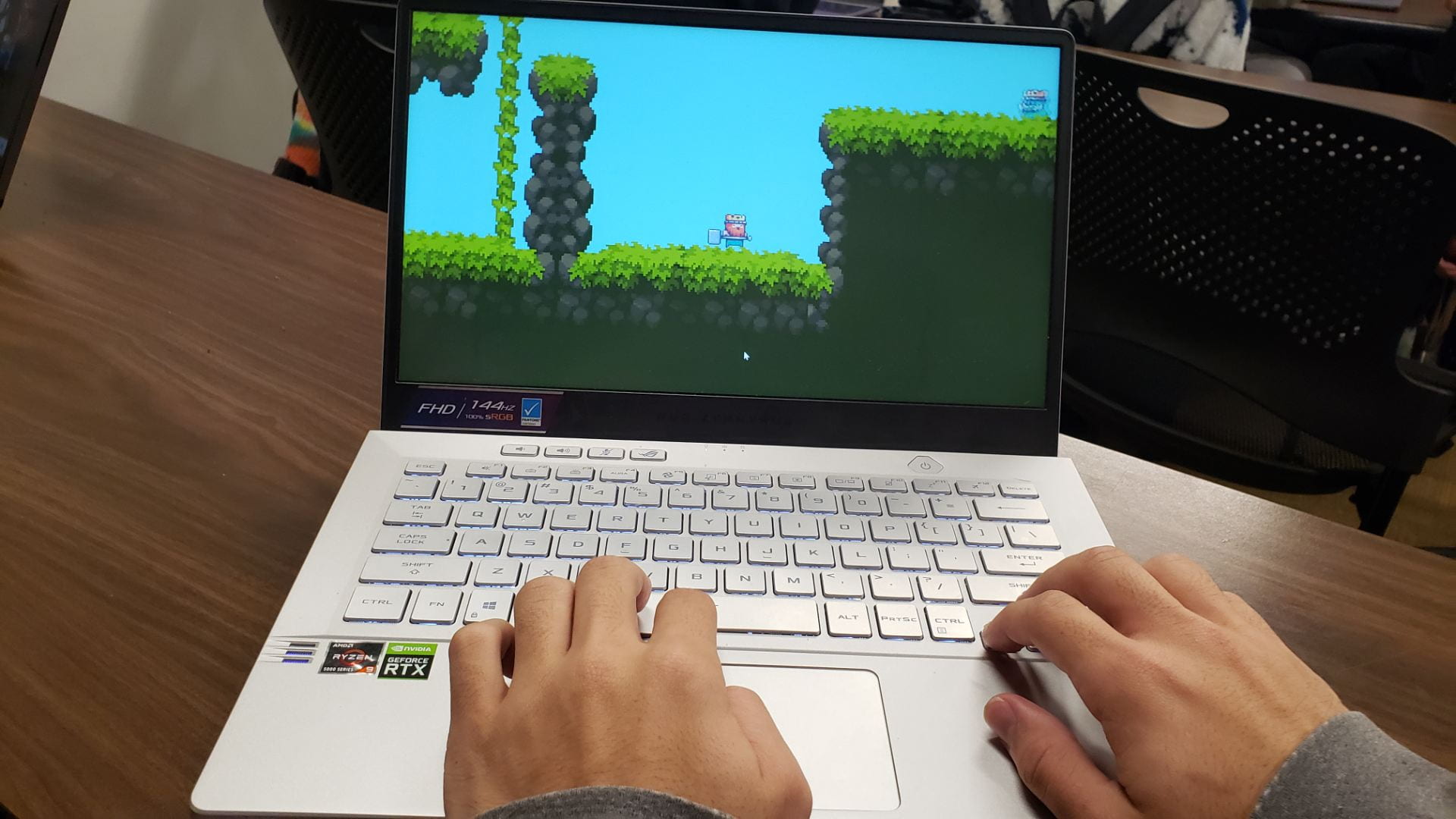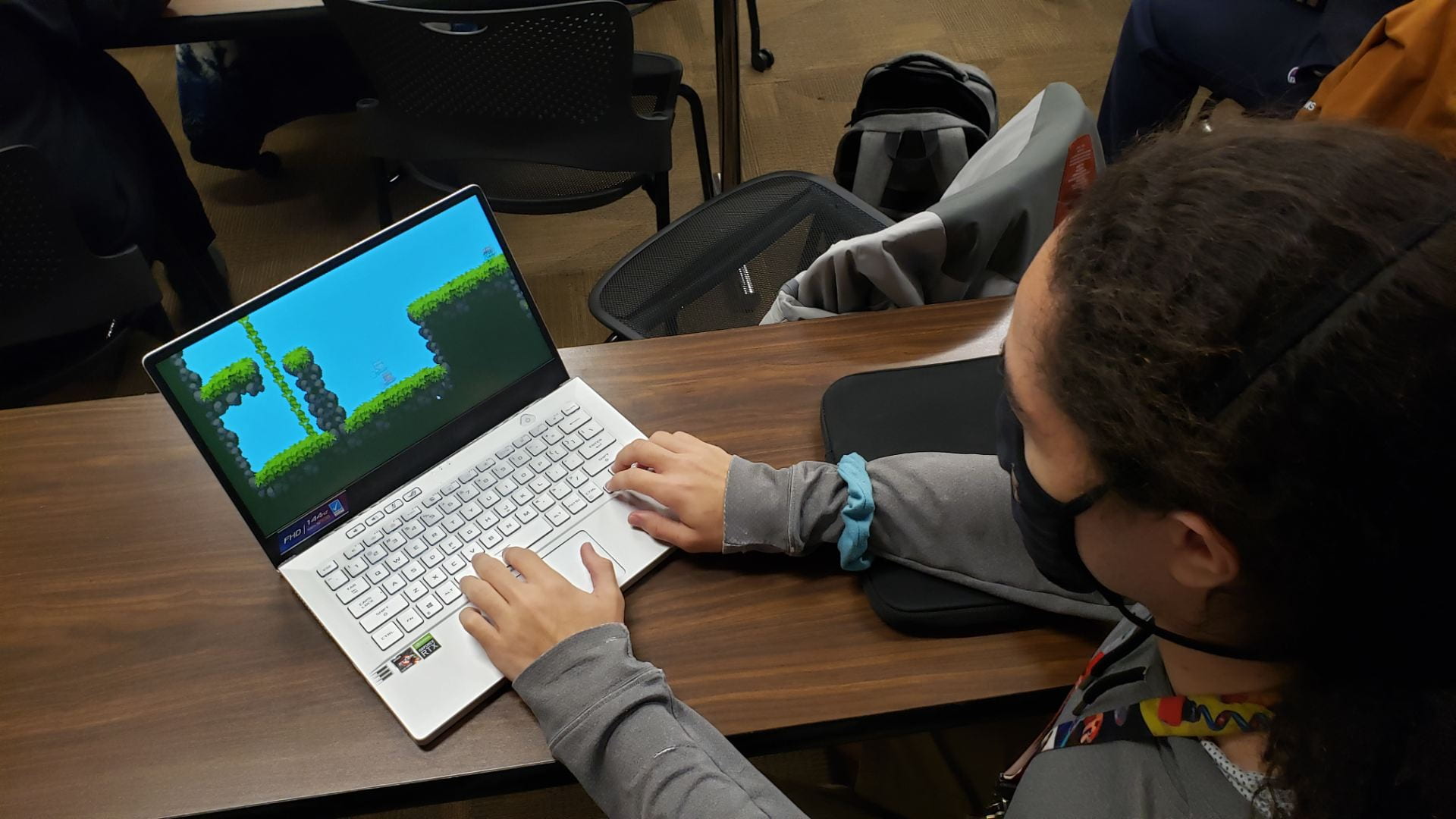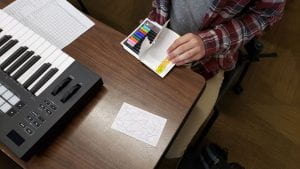Overview
Atuel is a documentary game about the Atuel River Valley in Argentina. Throughout the game, you learn about the history of the river and the culture/cultural practices surrounding the river through voiceovers done by local residents in Spanish. For English speakers, they provide English subtitles. I agree with the choice not to dub over the Spanish audio for the English version because if they did the testimonies of the local residents would not feel authentic. One of Atuel’s strengths is its breathtaking imagery. Atuel proves that a game doesn’t have to have photorealistic models and ray tracing to be beautiful. The game uses color and sound really well in order to bring out the beauty of simple models for the vegetation and landscapes. Overall, Atuel is a unique 20-minute experience that I would recommend to pretty much anyone.
Gameplay and Mechanics
In Atuel, the gameplay and mechanics kind of take a back seat. The focus of the player is directed to the scenery and the stories of the local residents. The player moves around the world by controlling the flow of a river, then as fish in the river, as a cloud, as a fox, as a cloud again, as a bird, and finally as the river again. The movement is rather simple, (usually simple WASD movement with one or two exceptions), which allowed me to comfortably read the English captions while still moving around the world. Something interesting about this game is that the player does not control the camera in this game, which allows the developers to dictate the scenery the player sees. For most of the game, this works really well, but for the fox section, I found the way the camera interacted with the movement very annoying. At some points in this section, it felt like I was actively fighting the camera. I felt the camera wasn’t effectively showing me the path ahead and sometimes a rock in the foreground would block out a large portion of my screen. This temporarily broke my emersion and caused frustration in what was otherwise a really zen game. Another issue worth mentioning is during my first playthrough I got a bug in the section where you play as a cloud and have to put out a wildfire by raining, which caused me to restart the game from the beginning in order to progress.
Performance
The game runs very well. I suspect that you could run it on virtually any machine, which is a big plus for a game meant to educate people.
Final Thoughts
Would I recommend this game? Yes, but I wouldn’t recommend it as a game. I feel like if you recommend a game to someone, they expect some sort of mechanics to improve at. To be able to get better and compete either against themselves or against others. Or they expect some open-world adventure where they spend hours exploring and learning the deep lore behind the world. This is not the case for Atuel. Atuel is more of an experience, and for this reason, I would recommend it as something you should do, instead of a game you should play.











